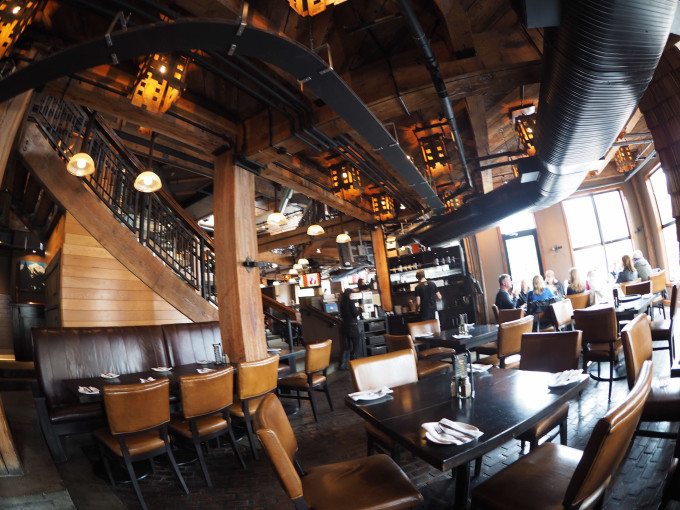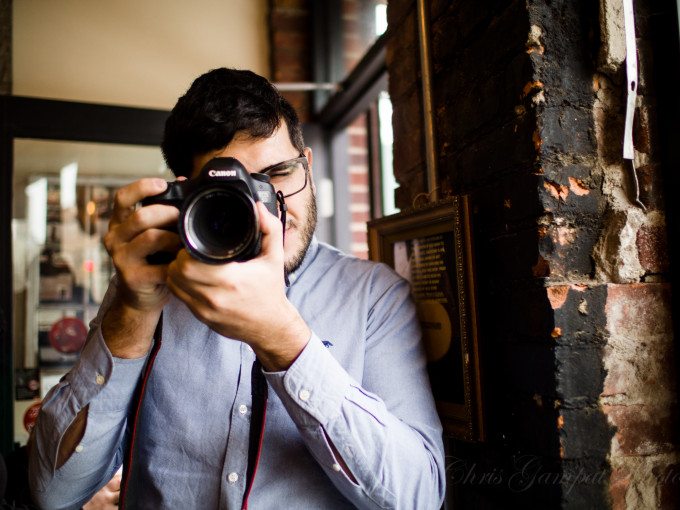If you’re one of those photographers that has ever experienced someone saying “Oh, that’s too high of a rate!” then congratulations–you’ve experienced the first realization of actually being a professional photographer. Professional photographers by definition make the majority of their living and income from photography or photographic services of some sort. This majority need to be at least 75%. But as the economy has changed over the years, people have taken on gigs and side jobs–one of which is photography. While the semi-professional won’t replace the professional who spends time and time again honing their craft, it is indeed a way to make money.
The semi-professional, on the other hand makes a portion of their income off of photography–enough to report on taxes. These photographers have many venues and outlets to gaining sales of their photos: Getty, EyeEm, 500px, Flickr, etc. Of course, those are essentially stock agencies. To that end, you’re competing against everyone and their mother. But over the years and because of the advancements of marketing via social media, the semi-professional has become much more popular. These days, it isn’t necessarily about having the right gear, but more about the body of work that you can produce.

The other ways that semi-professionals make money:
- Shooting weddings on the weekends
- Shooting parties
- Being contracted to do portraits of musicians
- Hiring yourself out for portrait services
- Doing Real Estate photography by working with an office of some sort
Let’s be honest here, the people who usually buy images of landscapes are typically commercial and will probably go through stock unless they’ve got a one-on-one relationship. The way for a semi-professional to actually make money has to also do with networking. Obviously, you need to get your name out there and when you leave a positive impression on someone, you’re probably going to be remembered for a gig later on. Part of that literally comes with knocking on doors, sending emails, snail mail, etc. So who is often looking to hire photographers? Honestly, it’s folks with a budget–and that’s what you need to be looking for.
- Editors
- Social media campaign managers
- Advertisers
- Business owners
- Folks established in their careers
- Couples (sites like Snapknot are incredible for this, I get four inquiries a week that I turn down.)
- Brokers
- Club promoters
These are the same people that professional photographers go after except that they’re usually more established to the point where they don’t need to always go looking for clients. Of course they always need to look often because budgets eventually run dry, but they’ve already got their foot in the door with others that will eventually come to them.
Another way that a semi-professional can gain recognition and a better reputation is by reaching out to sites just like this one. On a regular basis, the Phoblographer features photographers–but so does Huffington Post, NYTimes, Petapixel, etc. You just need to learn how to pitch yourself without being excessively wordy. Only you can do that.
So is there a problem with being a semi-professional? No way! The gatekeepers for this type of work understand that. The worst thing you can do is lie about yourself and say that you shoot full time when in fact, you don’t. It’s bound to hurt your reputation. Instead, they may actually go with you depending on your rate just as long as you can do the job. In the end, that’s what you need to prove to them.




